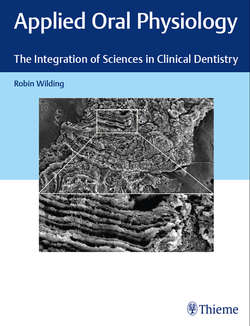Читать книгу Applied Oral Physiology - Robin Wilding - Страница 30
На сайте Литреса книга снята с продажи.
2.3.6 The Origin of Replacement Odontoblasts
ОглавлениеThe odontoblast-like cells which form the dentin-like bridge appear to come from stem cells in the pulp tissue. These cells migrate, divide, and reveal changes which are characteristic of secreting cells, such as an increase in the size of the cytoplasm and nucleus, and the orientation of their cytoskeletal elements (actin and vimentin) toward one side of the cell. They also secrete fibronectin and type II collagen. The cells, which have a terminal process like an odontoblast, secrete a matrix against the wound tissue which becomes calcified. These cells differentiate without the inductive influence of the enamel epithelium, a prerequisite during tooth development. It is thought that the stem cells which remain in the pulp have already been influenced by ectoderm and may be at an intermediate stage of differentiation, between primitive mesenchymal cells and odontoblasts. They are thus responsive to signals in the environment which stimulate their last stage of differentiation.
Key Notes
The aggressive removal during cavity preparation, of all soft dentin, until a hard cavity floor is reached, is the first step in a downward cycle of overtreatment. It increases the risk of pulpal exposure, followed by endodontic therapy, reduction of the tooth crown, which may require pin- or post-retention, and the risk of root fracture, and extraction. The principles of conservation are preferable.
